The Ultimate Guide To Companion Plants For Heather
The Ultimate Guide to Companion Plants for Heather
Heather is a beautiful and versatile plant that can be grown in a variety of settings. It is a member of the Ericaceae family, which includes other acid-loving plants such as rhododendrons, azaleas, and blueberries. Heathers thrive in full sun to partial shade, and they prefer well-drained, acidic soil.
One of the best ways to ensure that your heather plants thrive is to plant them with companion plants. Companion planting is the practice of planting different types of plants together in order to benefit each other. There are many different companion plants that can be grown with heather, but some of the best include:
- Rhododendrons and azaleas: These plants have similar growing conditions to heathers, so they make great companions. They will also help to attract pollinators to your garden.
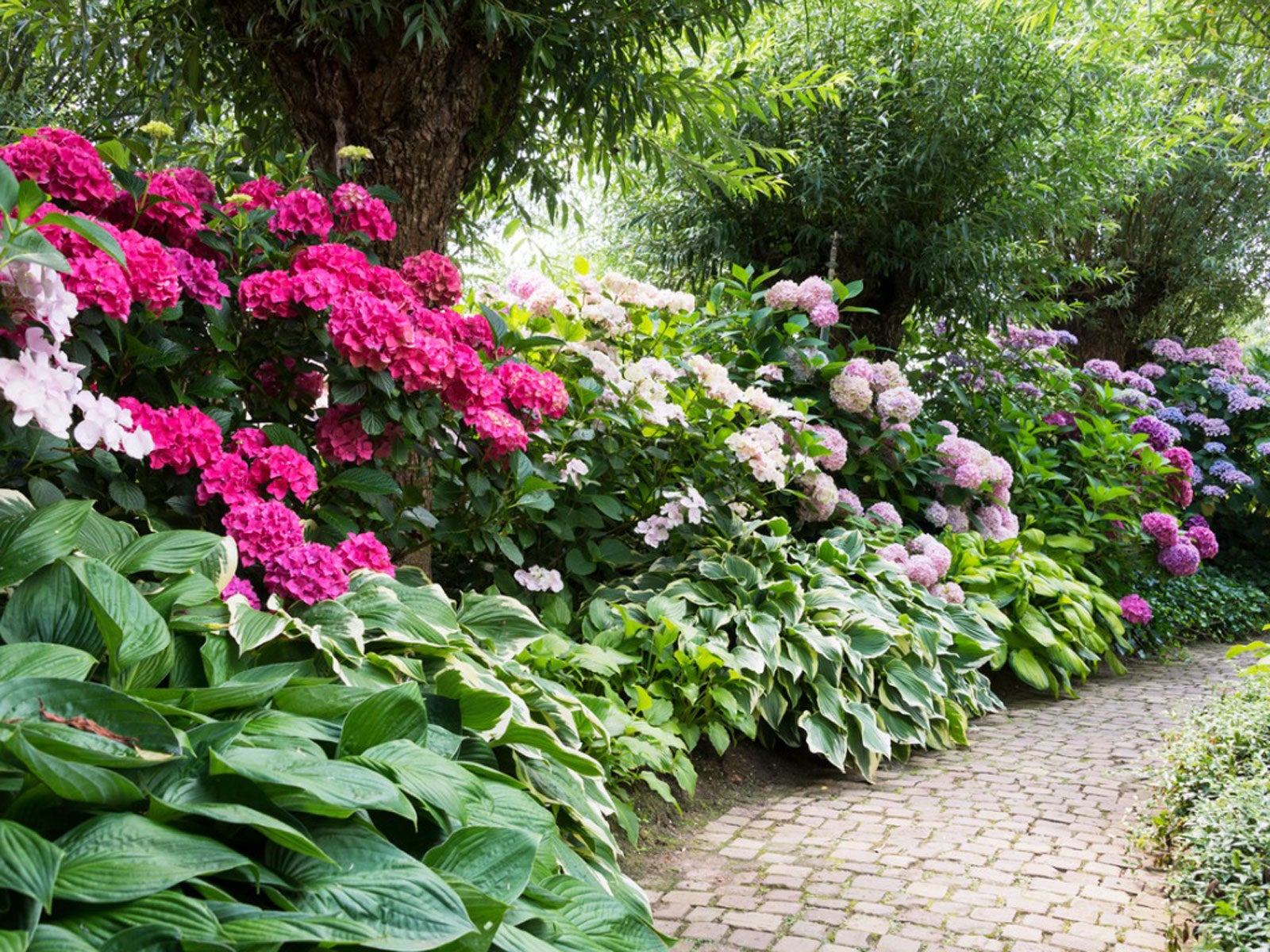
- Camellia: This flowering shrub is another good choice for companion planting with heather. It has beautiful flowers that will bloom in the spring and summer.

- Gardenia: This fragrant shrub is a popular choice for gardens in warm climates. It is also a good companion plant for heather, as it will help to attract pollinators.

- Hibiscus: This tropical plant is a beautiful addition to any garden. It is also a good companion plant for heather, as it will help to attract pollinators and butterflies.

- Clethra: This flowering shrub is known for its sweet-smelling flowers. It is a good choice for companion planting with heather, as it will help to attract pollinators and butterflies.

- Cleyera: This evergreen shrub is a good choice for companion planting with heather in warm climates. It has attractive flowers and foliage.

- Dogwood: This flowering shrub is a popular choice for gardens in temperate climates. It is also a good companion plant for heather, as it will help to attract pollinators.
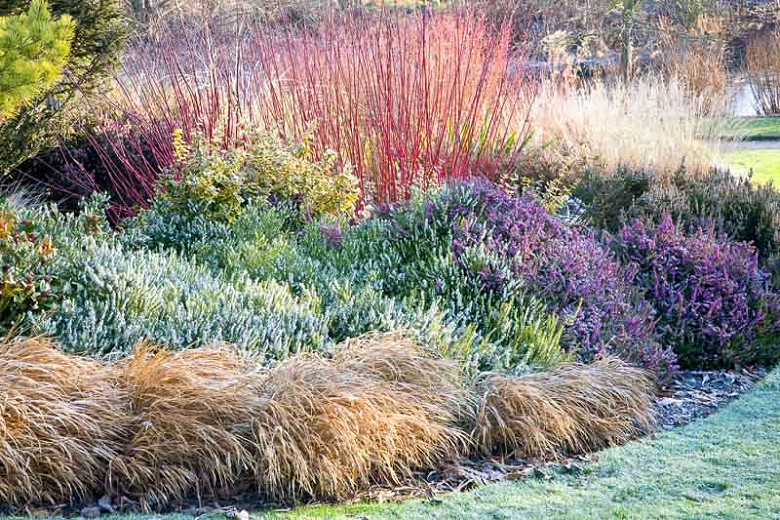
- Fothergilla: This deciduous shrub is known for its white flowers and peeling bark. It is a good choice for companion planting with heather in warm climates.

In addition to these plants, there are many other companion plants that can be grown with heather. Some other good choices include:
- Pansies: These colorful flowers will bloom in the spring and fall. They are also a good choice for container gardening.

- Cyclamen: These winter-blooming flowers are a beautiful addition to any garden. They are also a good choice for container gardening.

- Ivy: This evergreen vine is a good choice for covering walls or fences. It is also a good choice for container gardening.

- Ferns: These shade-loving plants are a good choice for companion planting with heather in shady areas.
- Sedges: These grass-like plants are a good choice for companion planting with heather in moist areas.
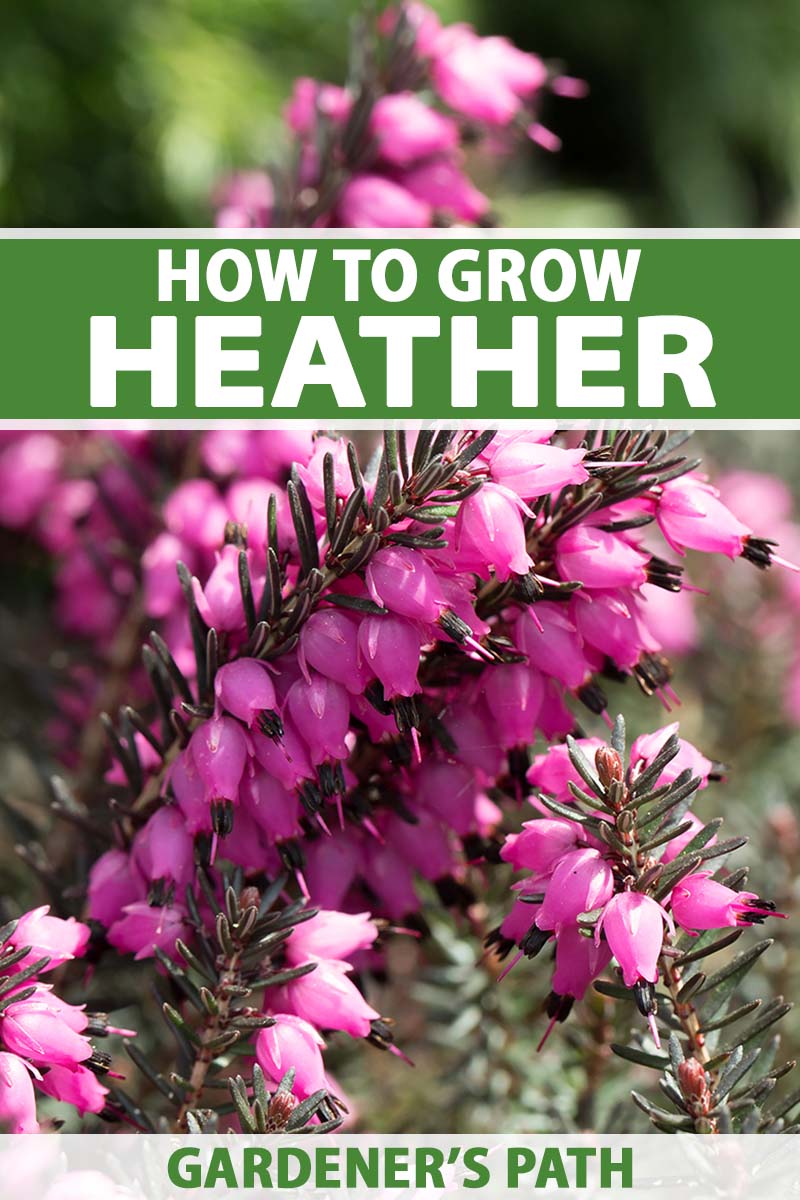
When choosing companion plants for heather, it is important to consider the plants' growing conditions. All of the plants listed above have similar growing conditions to heathers, so they will make good companions.
It is also important to consider the plants' appearance. You want to choose companion plants that will complement the heather's flowers and foliage. For example, you might want to choose companion plants that have similar colors or textures.
With a little planning, you can create a beautiful and harmonious garden by planting heather with companion plants.
Heathers are beautiful and versatile plants that can add a touch of elegance to any garden. But what if you want to add even more interest to your heather bed? Companion planting is a great way to do just that.
Companion planting is the practice of planting different types of plants together that benefit each other. When it comes to heathers, there are a number of different plants that can make great companions. Some popular options include:
- Rhododendrons and azaleas: These plants share the same acidic soil requirements as heathers, and they also bloom at the same time.
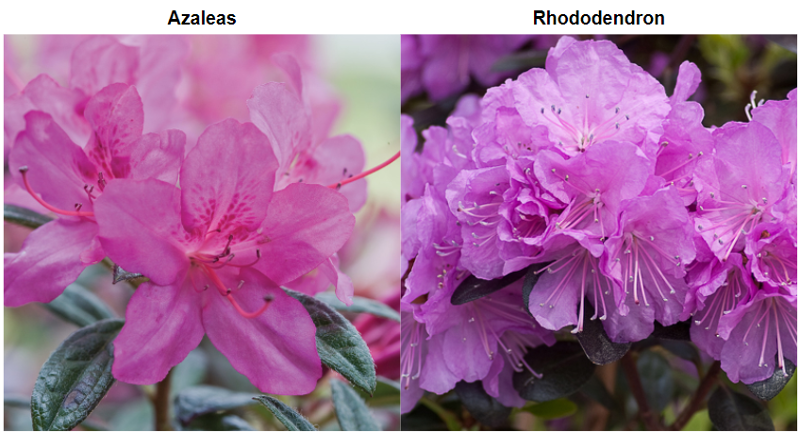
- Camellia: Camellias are another great choice for companion plants for heathers. They have beautiful flowers and evergreen foliage, and they also prefer acidic soil.
- Dwarf conifers: Dwarf conifers, such as dwarf pines and spruces, can add height and structure to a heather bed. They also help to protect heathers from wind and sun damage.

- Lavender: Lavender is a fragrant herb that can be planted alongside heathers to create a beautiful and aromatic combination.
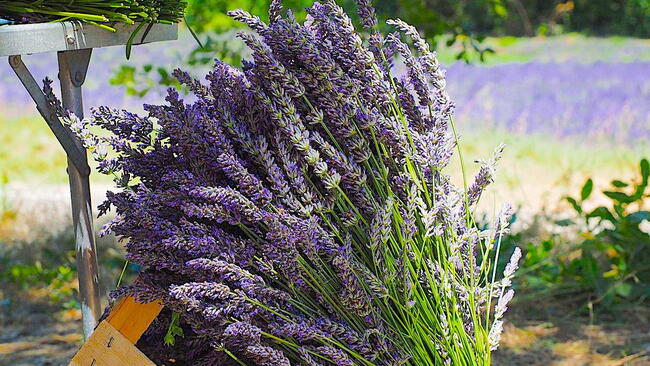
If you're looking for more information about companion plants for heathers, I recommend visiting Gardenia Inspiration. This website has a comprehensive list of plants that can be grown with heathers, as well as tips on how to plant and care for these plants.
FAQ of companion plants for heather
Frequently Asked Questions about Companion Plants for Heather
Heathers are beautiful evergreen shrubs that can add a touch of color and interest to any garden. But what are the best companion plants for heather? Here are the answers to some of the most frequently asked questions about companion planting with heather:
Q: What are some good companion plants for heather?
A: Some good companion plants for heather include:
- Rhododendrons and azaleas: These plants have similar soil and moisture requirements as heathers, and they also add beautiful blooms to the garden.
- Camellias: Camellias are another good choice for companion plants for heather. They have beautiful flowers and glossy leaves that complement the delicate foliage of heathers.
- Blueberries: Blueberries are a great choice for companion plants for heather because they both prefer acidic soil. They also add a touch of color to the garden in the summer.
- Dogwoods: Dogwoods are a versatile choice for companion plants for heather. They can be used as accent plants, background plants, or even as hedges.
- Japanese cleyera: Japanese cleyera is a beautiful evergreen shrub that has white flowers in the spring. It is a good choice for companion plants for heather because it has similar soil and moisture requirements.
Q: Can I plant heather next to lavender?
A: Yes, you can plant heather next to lavender. Both plants prefer full sun and well-drained soil. They also have similar water requirements. However, it is important to note that lavender can be more drought-tolerant than heather, so you may need to water the heather more often if you plant it next to lavender.
Q: How far apart should I plant heather?
A: The spacing between heather plants will depend on the size of the plants. For smaller heathers, you should space them about 12 inches apart. For larger heathers, you should space them about 24 inches apart.
Q: How do I care for companion plants for heather?
A: The care requirements for companion plants for heather will vary depending on the specific plants. However, in general, all of these plants prefer full sun and well-drained soil. They should be watered regularly, but they should not be overwatered. You may also need to fertilize them once a year with a balanced fertilizer.
Image of companion plants for heather
5 different images of companion plants for heather from Pinterest:
- Rhododendrons: These evergreen shrubs share the same acidic soil and moisture requirements as heathers, and they also bloom in a range of colors that complement the delicate flowers of heather.

- Azaleas: Another type of evergreen shrub that is well-suited to grow alongside heathers, azaleas come in a wide variety of colors, including pink, purple, red, and white.
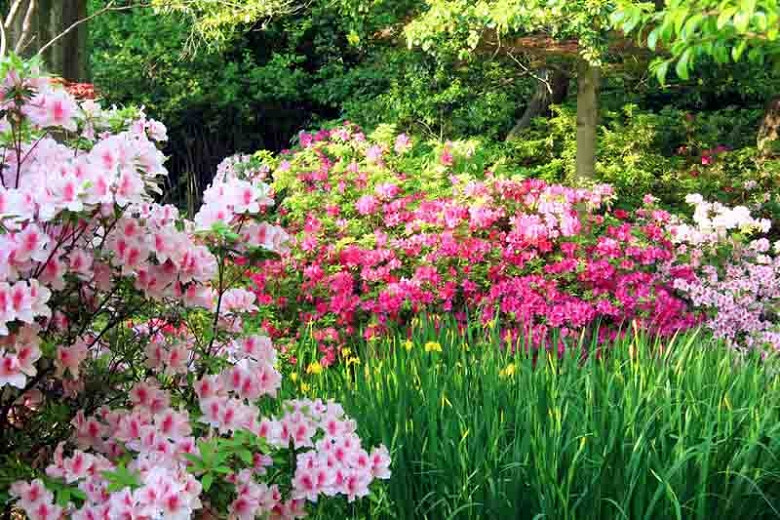
- Lavender: The silvery-blue flowers of lavender look stunning when planted alongside the purple and pink blooms of heather. Lavender also helps to deter pests from heather plants.

- Sedums: These drought-tolerant succulents can help to fill in the spaces between heather plants, and they also come in a variety of colors that can complement the heathers.
- Shrubby cinquefoil: This low-growing shrub has bright yellow flowers that bloom in the spring and summer. It is a good choice for companion planting with heather because it is drought-tolerant and does not require a lot of maintenance.
Post a Comment for "The Ultimate Guide To Companion Plants For Heather"